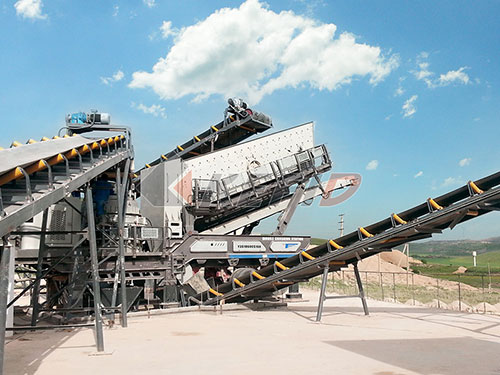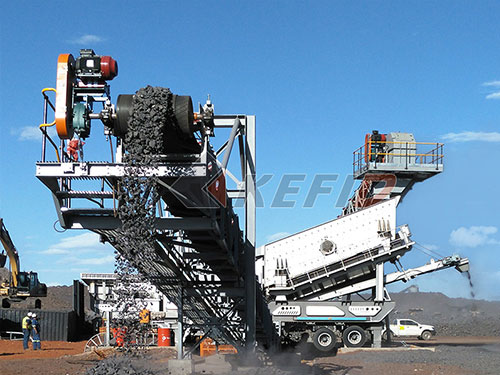Impact Crusher
An Impact Crusher is a type of crushing machine that uses impact force to break down materials. It is widely used in mining, construction, and recycling industries to crush rocks, concrete, and other hard materials into smaller, more manageable sizes.
How Does an Impact Crusher Work?
1. Feeding: Material enters the crusher through a feed hopper.
2. Rotor & Blow Bars: A high-speed rotor with attached blow bars (hammers) strikes the incoming material.
3. Impact Crushing: The material is thrown against impact plates (or aprons), where it breaks due to the force of impact.
4. Adjustable Settings: The gap between the rotor and impact plates can be adjusted to control the output size.
5. Discharge: Crushed material exits through the discharge opening.
Types of Impact Crushers
1. Horizontal Shaft Impact Crusher (HSI)
- Uses a horizontal rotor with blow bars.
- Ideal for softer materials like limestone and recycled concrete.
- Commonly used in aggregate production.
2. Vertical Shaft Impact Crusher (VSI)
- Uses a vertical rotor with high-speed impellers.
- Produces finely shaped cubical aggregates (sand-making).
- Often used in sand production and fine crushing.
Advantages of Impact Crushers
✔ High reduction ratio (up to 20:1)
✔ Good particle shape (cubical output)
✔ Versatile for soft to medium-hard materials
✔ Lower operational costs compared to jaw or cone crushers

Common Applications
- Quarrying & mining (limestone, granite, etc.)
- Recycling (concrete, asphalt demolition waste)
- Aggregates production for construction
- Sand manufacturing (VSI crushers)

Limitations
❌ Not ideal for very hard or abrasive materials (e.g., basalt) without wear-resistant linings.
❌ Higher wear on blow bars and impact plates compared to compression crushers.
Would you like details on maintenance, specific brands, or comparisons with other crushers?

